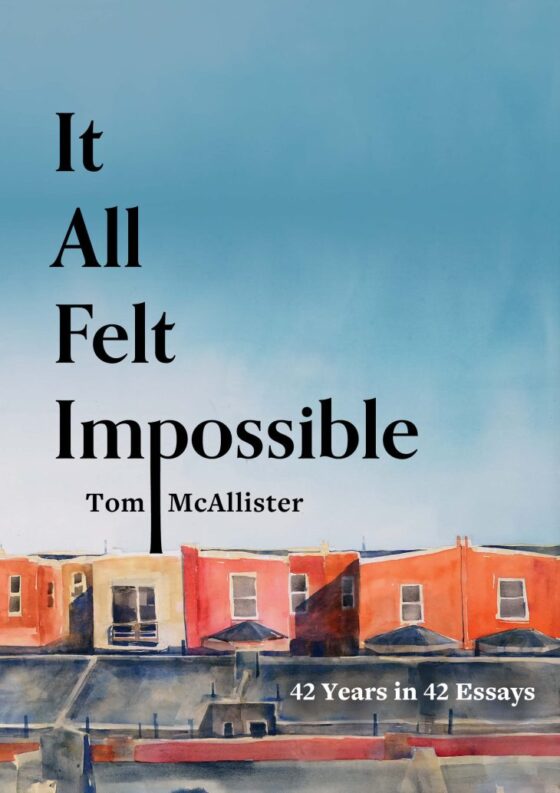It’s a week of New York stories. First, in honor of St. Pat and maybe too those of us still a little rocked by the Daylight Savings shift, note should be made of “Sleep” by Colm Tóibín, which appeared in the New Yorker this week. It’s a quieter—okay, sleepier—type of a story, but also potent, sharp, and ever so slightly disturbing.
The younger boyfriend of our Irish writer narrator becomes increasingly upset over said Irishman’s restless, nightmare-pummeled sleep. Our narrator recalls next to nothing of the dreams, though we learn that he is still deeply troubled by his brother’s death. Eventually our narrator decides to leave New York and visit a psychiatrist in Dublin. The psychiatrist proposes hypnosis, and Tóibín rolls into a description of it that almost induces it in us:
I leave my mind empty and my eyes closed. Nothing is happening, but there is a density to the feelings I am having, although the feelings themselves are ordinary ones. I am oddly relaxed and also uneasy. It is like a moment from childhood, or even adulthood, in which I am able to stop worrying about a pressing matter for a moment in the full knowledge that the worry will come back. During this interlude I do not move or speak.
It’s certainly worth a read, an accounting of a life haunted by a brother’s passing, Chet Baker songs, and James Baldwin stories. And the good news is, according to Tóibín’s interview with Deborah Treisman, Tóibín is just one story shy of a complete new collection of stories.
*
Central Park, once, had contained slaughterhouses. Then it contained robber barons and their offspring, strolling the park’s paths, commenting on the way a new white bridge was in dialogue with the birch trees around it. Now the place had made its pendulous move back to its old slaughterhouse roots, its greenish insides full of young kids coming through here to mug and shoot one another, at least according to the news. I walked through the park’s paths only in broad daylight, and even then I kept my pocketbook clutched close to my chest, which had the added advantage of concealing my chest. Still, despite these safety precautions, I found the park a real inspiration that day. A place could contain multiple pasts within its perimeters, play multiple roles. Could a person?
So Lee Conell describes Central Park—circa the early 1970s—in her story, “Subcortical,” which appeared in Guernica on Monday. The story follows a young woman having an affair with a fame-seeking doctor on a quest to cure homosexuality, and more specifically a young man he calls “Patient C.”
It’s a beautiful story, driven by the clear though sometimes detached voice of the young woman. It’s a story you probably haven’t read before, but a story you certainly should. In truth it’s the kind of story that is hard to review or even describe, because all you really want to do is just retype every single line. Or give another hyperlink to send someone there. So, another hyperlink. Go go go go go.




